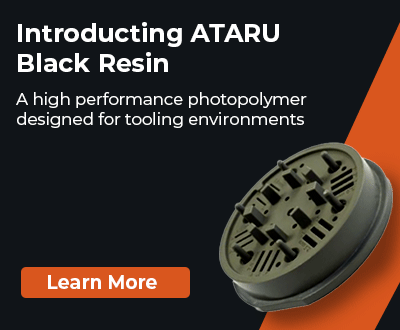How LITO Democratizes Art with 3D Technology
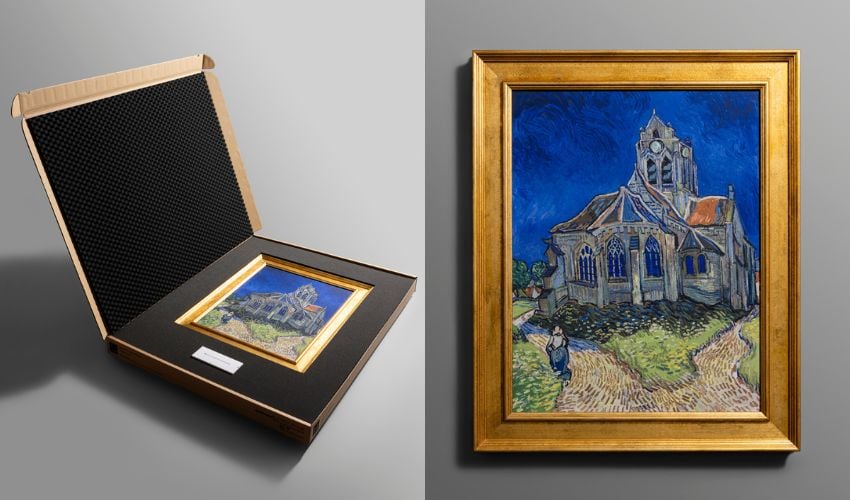
Oftentimes, art and culture are reserved for the social classes who can afford to access them. LITO aims to break down these barriers and create art for everyone, making art more accessible and demonstrating new possibilities in the field of art creation and restoration. To achieve this, the company uses 3D technologies to digitize existing masterpieces and reprint them using a state-of-the-art proprietary printing process. LITO collaborates with leading museums, institutions and contemporary artists to preserve works of art using its approach, or to produce replicas or limited-edition creations. In this interview, Joachim Marte discusses the inner workings and motivations of LITO and highlights the potential of 3D technologies in the field of art.
3DN: Could you briefly introduce yourself and LITO?
Hello, my name is Joachim Marte. I’m CEO and co-founder, with John Dodelande, of the Austrian company LITO. It was founded in 2022 with the aim of democratizing the art world, giving access to art to a wider audience, and redesigning the way art is experienced, collected and lived.

Joachim Marte, co-founder and CEO of LITO and Marcel Summer, Chief Technology Officer and co-founder, at the LITO Gallery in Bregenz, Austria.
With LITO Masters, art lovers and collectors can enjoy faithful reproductions of their favorite works, without having to compromise on quality or authenticity. With LITO Editions, on the other hand, we ask leading contemporary artists to design original works which are then rendered and developed into limited editions in the LITO Technology Lab. Our team of LITO experts offers their unique know-how and works with the artist to find the most creative solutions and forms, adapted to the artist’s visual language.
LITO offers a creative path totally different from the artist’s primary working method, a new potential for innovation. The result is a new art form. A hybrid between a print, a limited edition and a unique work of art. The artist is fully involved in the production of the print. The exclusive work is created especially for and with LITO, is printed, published in small and limited editions, signed and numbered by the artist, and offers the physicality, materiality and emotion of an authentic work of art.
3DN: Why is LITO focusing on digitization and 3D printing? How did the idea of integrating these technologies come about?
The company focuses on 3D digitization and 3D printing to achieve the best possible art edition, guaranteeing optimum color accuracy, faithful representation of brushstrokes, complex reliefs and textured lacquered surfaces. The idea of integrating these technologies arose from the realization that traditional printing techniques reach their limits when it comes to capturing the nuances and depth of works of art. The use of 3D scanning enables the company to capture precise three-dimensional data of the artwork, including intricate details that are often overlooked by traditional methods. This data is then used in 3D printing processes to reproduce the artwork with exceptional precision, while preserving the essence and integrity of the original work. Thanks to this innovative approach, the company intends to revolutionize the field of art printing and offer art lovers and collectors worldwide incomparable quality and authenticity.
3DN: What are the possibilities offered by 3D technologies in the field of restorative art and in the creation of new art objects?
3D technologies offer exciting possibilities in both restoration and artistic creation. 3D scanning, in particular, offers museums and art conservators new ways of looking “behind the canvas” and gaining a deeper understanding of works of art by making visible the complex layers and techniques used by artists.
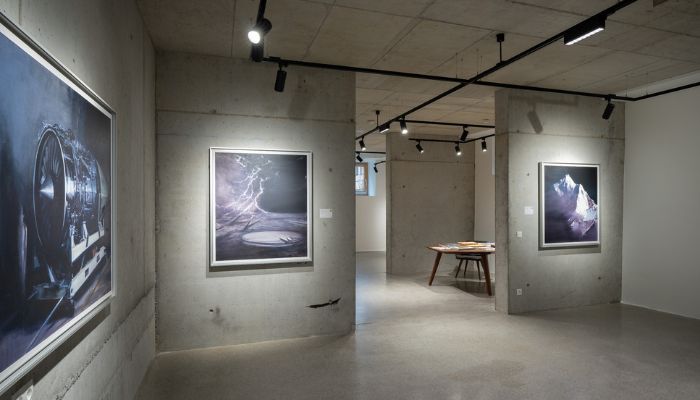
Galerie LITO Editions, Bregenz, Austria. Jia Aili limited edition prints on paper, “Untitled” 2023
By digitally capturing the surface and structure of paintings in three dimensions, 3D scanning enables art historians and restorers to explore hidden details, brushstrokes and underlying compositions that may be invisible to the naked eye. This technology offers invaluable insight into the artist’s creative process, the materials used and the modifications made over time. What’s more, 3D scanning enables non-invasive analysis that minimizes the risk of damaging fragile works of art during the examination and restoration process. Conservators can use this technology to assess the condition of paintings, identify signs of deterioration and plan targeted restoration measures more effectively.
In the creative arts, 3D technologies offer artists innovative tools to explore new dimensions of expression. From sculptors who use 3D printing to give physical form to their digital creations, to multimedia artists who integrate 3D scanning and virtual reality into immersive installations, the possibilities are enormous. Overall, 3D technologies are opening up new horizons in the art world, fostering deeper understanding, preservation and creativity across different disciplines. The development of these technologies promises to enrich both the appreciation and creation of art in exciting ways.
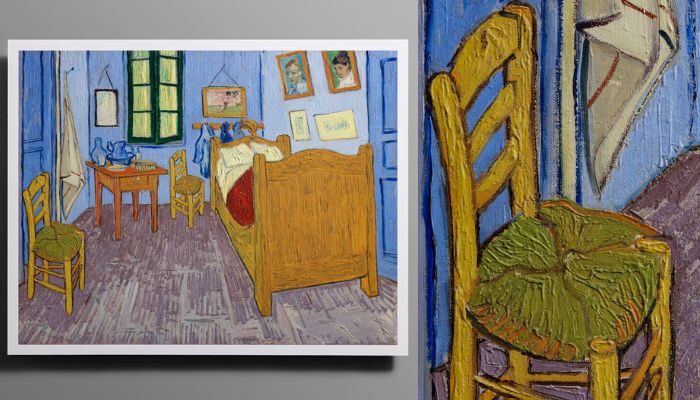
LITO Hi-Rnd© limited edition print on paper in collaboration with the Musée d’Orsay (Image: LITO Masters – Vincent van Gogh “Van Gogh’s Bedroom in Arles”, 1889)
3DN: Could you explain in more detail the technology and materials you use?
We use our own technology, Hi-Rnd©. It’s a holistic process that integrates the latest available technologies to create unique works of art while guaranteeing accurate prints. Hi-Rnd© is synonymous with process and underlines our commitment to preserving the integrity and fidelity of the original artwork.
With this cutting-edge technology, we combine advanced 3D scanning capabilities with state-of-the-art 3D printing techniques, enabling us to capture the finest details of the artwork and reproduce them with unrivalled precision. Using non-destructive scanning techniques, we can capture the nuances of the artwork without damaging the original, guaranteeing authenticity and respect for the artist’s vision. What’s more, our Hi-Rnd© printing technology enables us to produce accurate prints of artworks that are consistent across multiple impressions, while capturing the unique essence of each work. In essence, Hi-Rnd© printing technology represents our commitment to pushing the boundaries of printing technology and offers a seamless blend of innovation and the know-how of our team of experts to create truly remarkable works of art.

LITO Hi-Rnd© limited edition, print on paper (Image: LITO Masters – Wassily Kandinsky “Landscape” 1901)
This enables us to work with a wide variety of materials, including paper, canvas, Alu-Dibond, glass, wood and many others. Our flexible approach enables us to respond to the unique characteristics and requirements of each work of art, ensuring that we can reproduce it with the highest quality and fidelity, whatever the medium. Whether it’s a traditional painting on canvas or paper, or a modern work on Alu-Dibond or glass. Our expertise and versatility in materials processing ensure that we can bring artistic vision to life with precision and excellence.
3DN: What limits and challenges does LITO face?
The LITO Technology Lab in Bregenz, Austria, is where the magic happens, but it’s also a formidable interface that acts as an indispensable bridge between our partners (artists or museums) and our specialized engineering capabilities. LITO Hi-Rnd© is a tool for exploring new art forms and developing new concepts. Our team is constantly called upon to find creative and ingenious solutions to anticipate and exceed our partners’ expectations. The thinking, testing and prototyping phase is crucial, and can take several months to complete.
While we strive to meet a variety of art reproduction challenges, we currently face limitations when it comes to reproducing large-format paintings measuring over 2 x 3 meters. Because of their size, these large-format works of art present unique technical obstacles. At present, our equipment and processes are optimized for reproducing works of art in certain dimensions, and reproducing larger works with consistent quality presents us with considerable logistical and technical challenges. However, we are constantly working to develop technology and methodology to expand our possibilities and overcome these constraints.
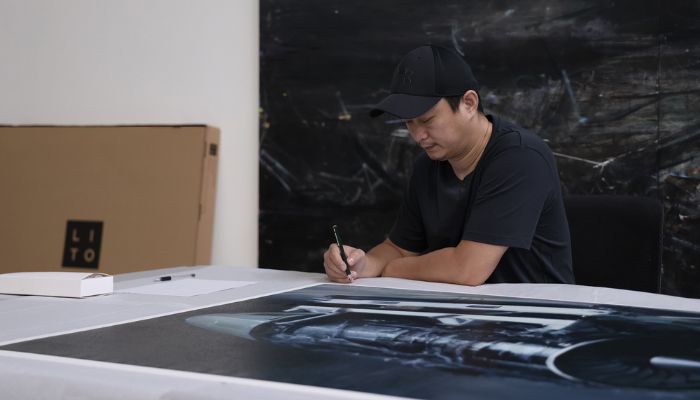
Artist Jia Aili signs a limited edition of LITO Hi-Rnd© in his Beijing studio (photo credits: LITO Editions).
3DN: What have been your most exciting projects, and what are you currently working on?
Digitizing and commercializing fragments of Claude Monet’s world-famous Water Lilies at the Musée de L’Orangerie is definitely something exciting! With Peter Halley, we created a unique series of editions (“Nine Times” 2023) of Scratch, the fruit of a 9-month collaboration between the LITO Tech Lab in Austria and the artist. However, every collaboration is unique and unlike any other in its own way. We are proud of our impressive portfolio of artists and works of art, which includes some of the rarest masterpieces in the world. We are currently working on a large number of projects.
3DN: Any final words for our readers?
Thank you for this opportunity and for your interest in our revolutionary technology and product. We look forward to unveiling all our upcoming collaborations. Stay tuned! You can find out more about our activities on our website.
What do you think of LITO’s work in democratizing art through 3D technologies? Let us know in a comment below or on our LinkedIn or Facebook pages! Plus, don’t forget to sign up for our free weekly Newsletter to get the latest 3D printing news straight to your inbox. You can also find all our videos on our YouTube channel.
*Cover Photo: LITO Hi-Rnd© Limited edition canvas print in collaboration with Musée d’Orsay, image: LITO Masters – Vincent van Gogh “The Church at Auvers-sur-Oise”, 1890






